Even if you don’t read DC comics or are uninterested in the Batman family, there’s a good chance that you’ve heard of Batman Incorporated. The fourteen-issue series, which wrapped up at the end of July, made big waves in late February when Damian Wayne, the most recent Robin, was killed. The series serves as Grant Morrison’s farewell to Batman comics, and unlike a lot of Batman fans, I say good riddance.
Morrison has been writing Batman comics for a while. Seven years is not a short run, and he’s responsible for things like the initial introduction of Damian and the death of Bruce Wayne, among other well-known Batman story arcs. There’s no denying that he’s had an incredible impact on the DC universe at large and the Gotham-based books specifically, and a lot of the things he’s written have been insightful, well-grounded, and important. When I heard that Batman Incorporated was going to be his grand finale in the Batman universe, I was excited for a well-planned, exciting ride through Gotham City.
Instead, we got a complete mess.
The series begins with Batman and Robin investigating a new player, a mysterious criminal organization calling itself Leviathan. It soon comes to light that Leviathan is headed by none other than Talia al Ghul, Bruce’s on-again-off-again lover and Damian’s mother. Talia has placed a bounty on Damian’s head, apparently to get Bruce’s attention. Bruce benches Damian and tries to work things out with Talia, who says that Bruce has to choose: he can either have a family with her and Damian, or he can have Gotham City. Bruce, trying his best to find a third option, decides to send Damian back to Talia’s side, hopefully saving his son and his city. Instead, Damian sneaks out of the Batcave and is killed in a fight, Bruce goes kind of crazy, and Talia completely loses the thread, ending up dead just five issues after Damian dies.
The series started out well. The first few issues are well paced, and the story seems to progress in a way that makes sense. Morrison introduces the Leviathan plot and we get the news of the bounty on Damian’s head. The characterization is solid, and we get some really great Damian moments. One of my favorites was in the first issue; Bruce and Damian end up fighting in a slaughterhouse, and as you might imagine, the fight is a lot bloodier than normal due to their environment. Damian reacts in a way that really reflects his age, which is something that they don’t always do with him.
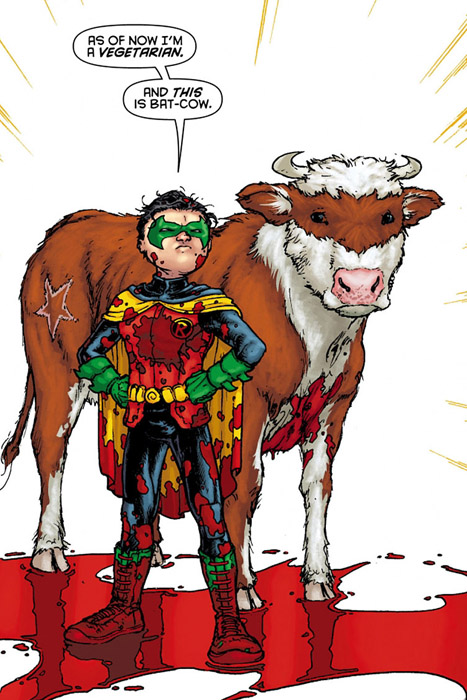
We also get some nice moments with Bruce and Damian, which are few and far between in general.

After we get the reveal that Talia is the Big Bad, though, things fall apart pretty quickly. Her reasons for attacking Bruce are never really made clear, and her reactions to most of the events that happen are bizarre and out of character. normally I’d try to keep pre-reboot notes out of a New 52-based article, but Morrison clearly draws from pre-reboot history. If you look at the Talia from Red Hood: Lost Days and then the Talia in Batman Incorporated, it’s like Good Twin, Evil Twin. They resemble each other outwardly, but the first Talia cares deeply for both Bruce and Jason, while the new Talia barely even reacts when Damian dies. Bruce’s decisions only make sense if you don’t know his character very well, and if you believe that he doesn’t know Damian at all (for example, him benching Damian in a fight against Talia and expecting it to work). The rest of the Bat-family’s appearances make varying amounts of sense, but for the most part, the series feels like a good setup followed by a long fall into a deep hole.
One of the major problems that I have with the series is its lack of connection to its own name. Pre-reboot, Batman Incorporated was a series about taking the idea of Batman to the global stage. It was groundbreaking, and it did a great job of expanding Batman’s network worldwide. We got characters like Mr. Unknown, Gaucho, Dark Ranger, and the Knight; some of them were created for the series, and some were just brought under the umbrella of Batman Incorporated, but they were a diverse cast that injected a lot of new life into the idea of Batman. The original volume focused on finding these agents all over the world and recruiting them, and we got stories about Bruce Wayne teaming up with Batmen all over the world, fighting their enemies and giving us a lot of characters to enjoy.
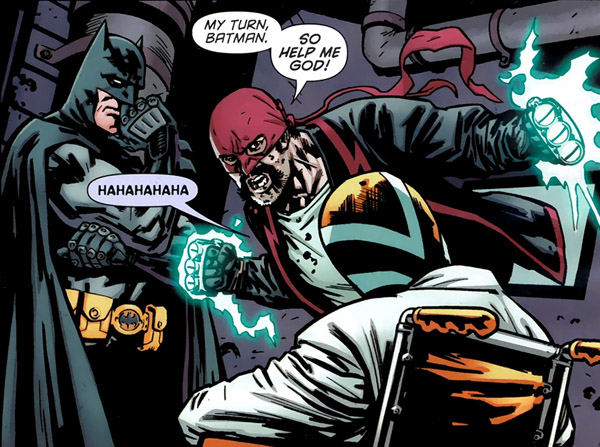
The new volume, on the other hand, treats those same characters as disposable fighters. Instead of focusing on Batman Incorporated as a global force for good, the series zooms in on Gotham, occasionally calling out to those allies to fight Batman’s problems in his city. Several operatives make cameo appearances; some of them are killed with little fanfare or fallout. Instead of the book that a lot of us were expecting, we got what felt like a cheap ploy to sell us a book based on false pretenses. If Morrison wanted his last book to be about Gotham, that’s fine, but the fact that it was branded Batman Incorporated and then only used that as a plot device a few times rings really false.
The only time that we got the sense of the old Batman Incorporated was in issue #11, which was a filler issue written not by Morrison, but by artist Chris Burnham. It’s a weird little one-off that has little connection to the rest of the series, featuring the Batman of Japan and his sidekick, Canary.
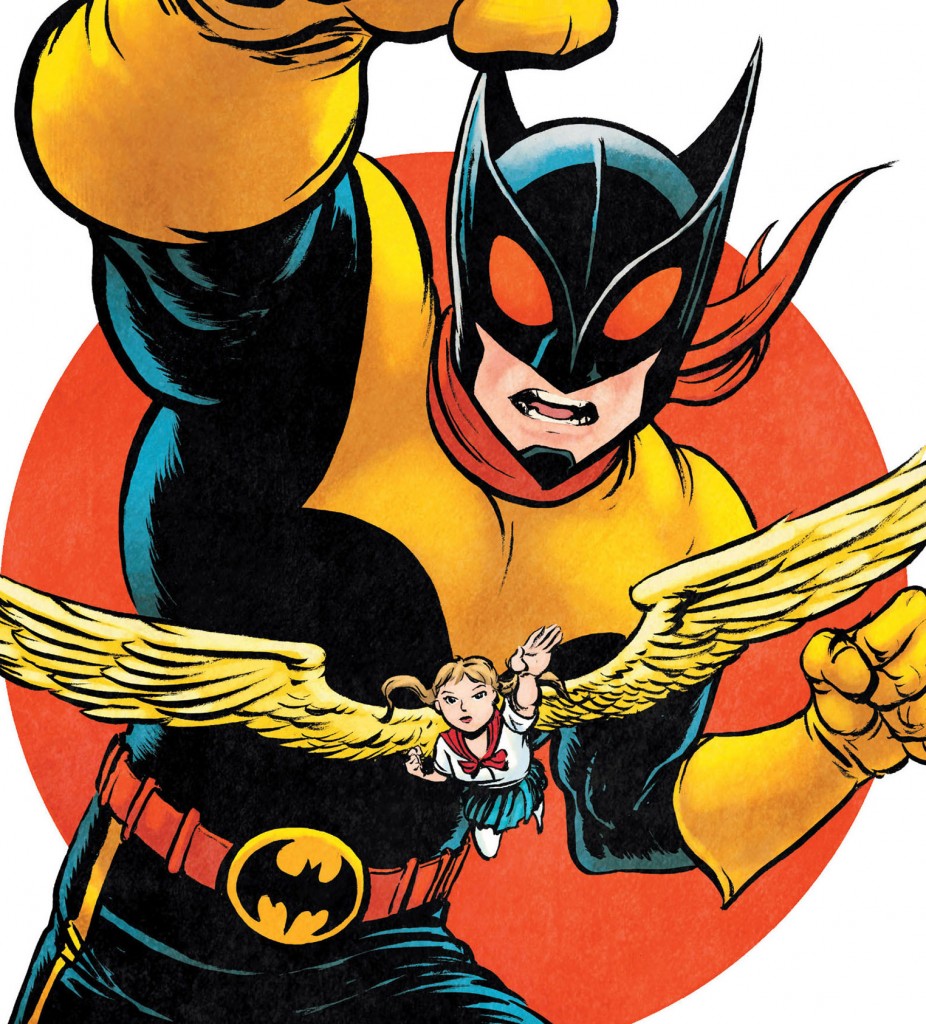
The story is the very definition of a filler issue – it barely references Leviathan, doesn’t mention Damian’s death at all, and adds nothing to the overall story. It also has some incredibly bizarre, offensive language that I’m shocked got through the editorial process. It’s more in line with the original premise of the series, but given the direction that the new volume took, the issue made no sense. I understand that it was included because the delays in the book meant that we’d miss a month if there was no filler, but I would rather have had one less issue and have skipped a month than to have read issue #11 as it stands. It’ll be interesting to see where they fit this disconnected issue into the trade when it’s published in December.
Another major problem that I had with the series is one that’s been noted by several reviewers: it doesn’t fit within the continuity of the New 52. It isn’t subtle about it, either.
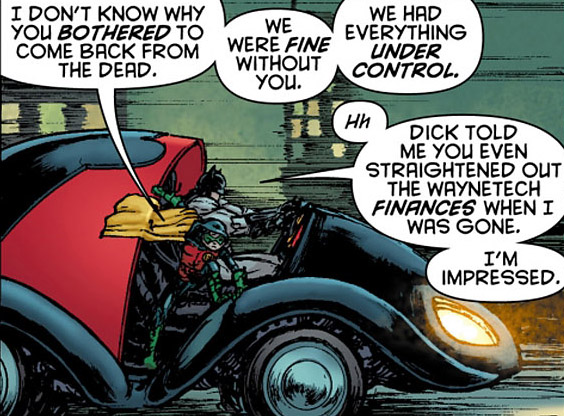
The most common explanation for this is “DC lets Grant Morrison do what he wants because he sells books.” It’s entirely probable, and entirely frustrating. If you want me to buy wholesale that you’re rebooting your universe, then you need to actually do it – don’t let some titles off the hook, especially not ones that are going to have events that affect the rest of the universe so prominently (namely, killing Robin). Having Damian be mad at Bruce is fine, it’s interesting, it creates a situation that a lot of people can relate to – but make it about something else. Make something new up; that is literally your job.
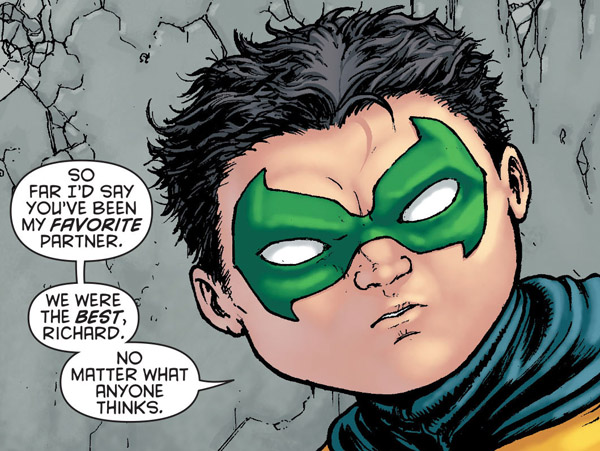
I can understand Morrison’s frustration at not being able to do everything that he wanted to pre-reboot, but he’s not the only one whose plans got messed up, and everyone else has adapted. Morrison, on the other hand, leaves blatant references to events that DC is adamant have never happened in this continuity. It’s lazy writing, and it makes me mad that I pay for something that the creator doesn’t want to put time or effort into fitting into continuity, yet expects me to believe happens in the main line.
Then again, “lazy writing” could be the secret subtitle of this book. As I mentioned above, the first few issues are good: they set up an interesting story that could have a lot of complexity throughout all of its parts, but the follow-through feels more like Morrison took a look at the outline he’d created and decided to give up than anything that had real effort put into it. That, at the end of the day, is what upsets me most about the series. When I decide to get something, it’s because I trust that the creative team is as excited about the concept as I am, and that they’re going to put their best effort into presenting the most interesting story possible. I don’t need everything to be perfect, but when I pick up something that starts off well but feels like a series of filler issues by the end, I’m let down. My expectations – which are pretty simple; I just want to be entertained – have not been met, and there’s no demanding a refund for a crappy book. Lazy writing is the real kicker in this series.
As the saying goes, it’s better to end with a bang than a whimper – but to call Morrison’s grand finale even a whimper is giving it more credit than it deserves. As a fan, I felt really let down by the entire series. When I’m promised something game-changing, I’m expecting more than a writer killing off an important character and surrounding it with thirteen issues of filler. I want something that makes sense, a story whose arc I can trace from beginning to end, and a finale that ties everything together and resolves the major issues while leading me to the next thing. Instead, we got Batman Incorporated volume 2, and there’s nothing we can do about it now.
Batman Incorporated Volume 2. Written by Grant Morrison; art by Chris Burnham. Part 1, Demon Star, published 2013; collects Batman Incorporated #0-6. Find it on Amazon. Part 2, Gotham’s Most Wanted, to be published December 2013; collects Batman Incorporated #7-13. Find it on Amazon. For a digital version, buy it from comixology.
Comments? Questions? Leave a reply! I’ll be happy to talk comics with you.
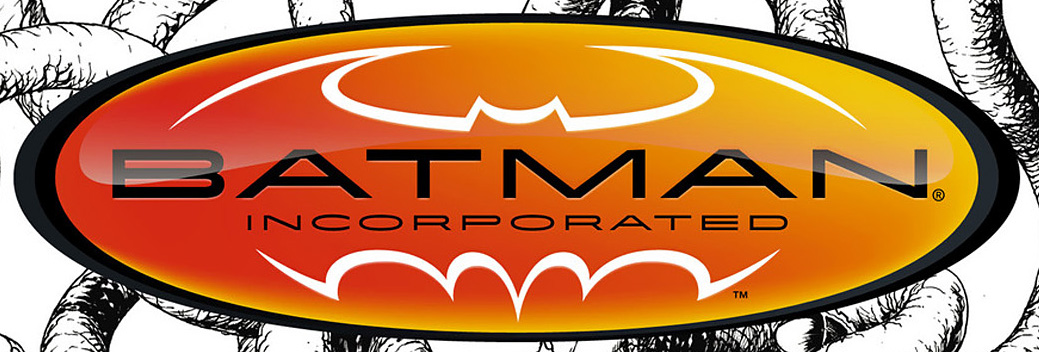
That’s disappointing – Batman Incorporated was a hot mess, but it made a lot more sense than Volume 2. I think after the reboot Morrison just said “eff it” and stopped caring. That stinks as a reader because it would have been great to keep Leviathon around as a new enemy for Bruce. Perhaps even a team-up with the remaining Court of Owls.
As for Bruce not dying. I dropped all my Batman titles other than Batman itself. So…what are they saying caused Dick to be Batman if Batman never died?
I agree with you about Morrison – I think he figured out that this things would sell whether he put the effort in or not, so he just stopped caring. It’s really, really disappointing.
I’m still reading a few Bat titles… and they never reference this. As far as I can tell, it’s a poorly-written callback to pre-reboot. Bruce never died, Dick was never Batman, but somehow that made it past editorial. It doesn’t make sense, and adds to the “lazy writing” theory.
In the end you might end up being right – see what DC did with the Red Robin retcon when it went from the monthly to the trade. However, Nightwing Vol 3 #1 does have Dick say he was Batman. Now, did Batman still die? Or do they have an even weirder explanation? Or will they just leave it be. See the following for proof I’m not going crazy! (You comment DID make me wonder if I’d dreamt it all up)
http://www.comicvine.com/reviews/nightwing-1/1900-201/
http://dc.wikia.com/wiki/Nightwing_Vol_3_1
http://52review.blogspot.com/2011/09/review-nightwing-1.html
I think in the end they’ll end up Red Robin-ing it, sweeping it under the rug and pretending it never happened.
In my opinion, DC didn’t really have all its ducks in a row when the reboot started, which is why the beginning of it is such a mess. Some of that has straightened out by this point – the main Batman title and Red Hood and the Outlaws are enjoyable by this point – but other titles still seem to not really know what’s going on, what still counts as canon and what doesn’t. I understand that having such a huge overhaul leaves a lot of margin for mistakes of those kind, but next month is the two-year mark for the reboot… and I think that’s more than enough time for them to get their act together. I’m not hopeful that it’s going to happen, though, and I’m still sitting here wishing we were in the pre-reboot continuity ore often than not. Don’t get me wrong, the concept of the reboot is a god one – giving new fans a place to jump in can never be a bad thing – but the Marvel NOW approach seems like a much better way to go than the New 52.